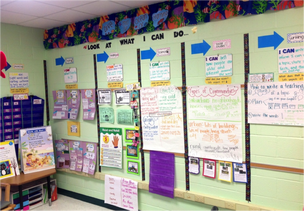
My classroom is a work in progress, and I am proud to say it will ALWAYS be a work in progress. Over the past six years, my room has never quite looked the same week to week. This is because I am constantly altering the way I teach/manage/organize in order to be the best version of myself as a teacher. This year, as I continued on my journey through personalized learning, I took on unpacking standards. In the process, a part of my room, a wall in particular, was transformed.
It all started as one small chart, and then just kept expanding until it took over. I now have a learning wall- literally a wall that showcases all we are learning in the classroom. The students know that this is the hub of all things first grade.
We sit on the carpet next to it to create our charts (oh, how I love chart paper and a good Sharpie marker). Don’t get me wrong, technology is amazing, but sometimes you just need to unpack what you are learning on paper!
At the beginning of each new standard, I write out an “I can statement” on the dry erase board. The kids try to read along as I write it, and then we unpack and see what they already know about the content. After that, we create part of an anchor chart for the particular skill, and we put it under that subject. The learning wall is a “live document” as they say- constantly being added to, changed, and tweaked over the course of the week. If a student is struggling during an independent time, I may have them reference the wall. If I am working with a small group, all 5 of us may take a trip over to the wall as a refresher before we start. When guests come in and ask the kids what they are learning about, you guessed it- fingers point to the wall as they explain.
This process has been great for me! I feel like I am more organized. I know what I want to accomplish, and it is seen in plain sight if I have taught enough information to cover the standard. It has also been great for the students as well. As you may know, it hurts your heart to ask the age old question, “What have we been learning about in science?” only to met with the sound of crickets. Students now know to look at the wall, and their memories of that amazing lesson you taught on Shadows are instantly triggered.
As any teacher of personal mastery knows, goals are vital. My own goals surrounding the learning wall are to make it more student centered. I would like to have actual work posted under the standards, to show what a “level 3” work sample would look like. I would also like students to start taking pictures on their iPads of the charts before new ones are put up. This way they can look at them at their own pace if they have yet to master a skill and we (as a whole group), have moved on.
Overall, the learning wall has forever changed the way I teach, and I recommend starting one (even if it’s initially just for one or two subjects); you will see firsthand how the students start to positively respond. In another six years, my learning wall will not look exactly the same, and I am excited about that. As for now, bring on the chart paper!
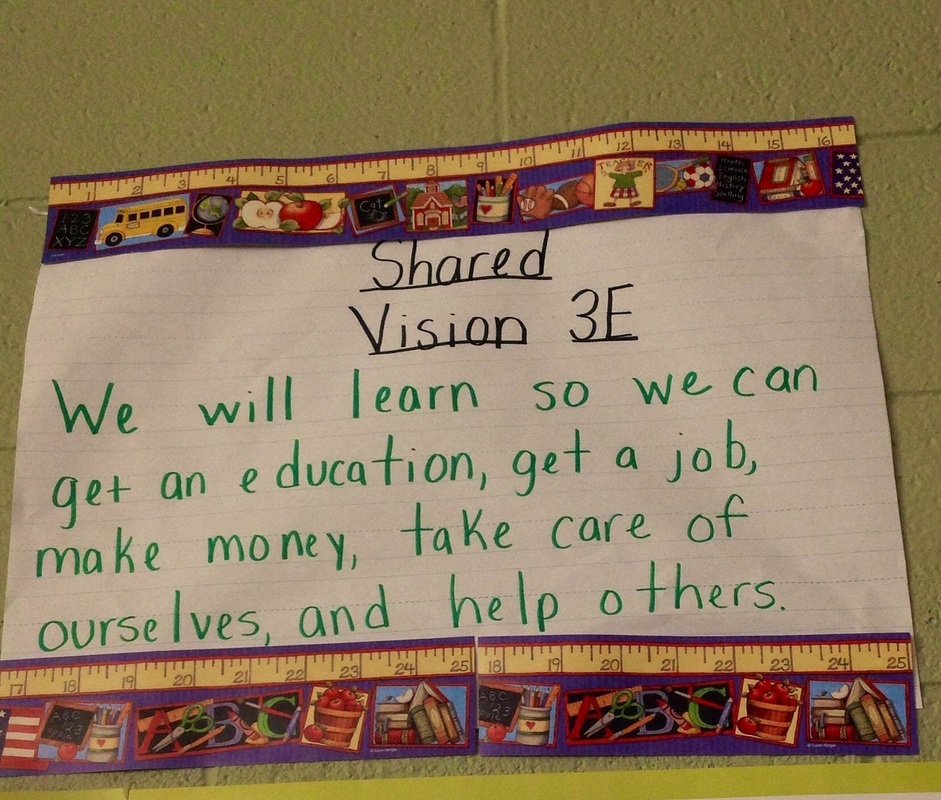
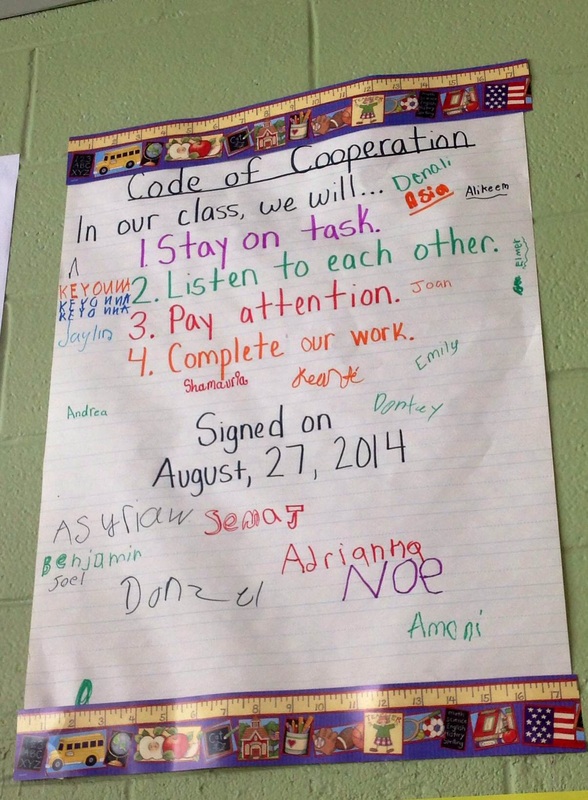
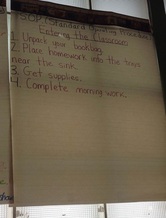
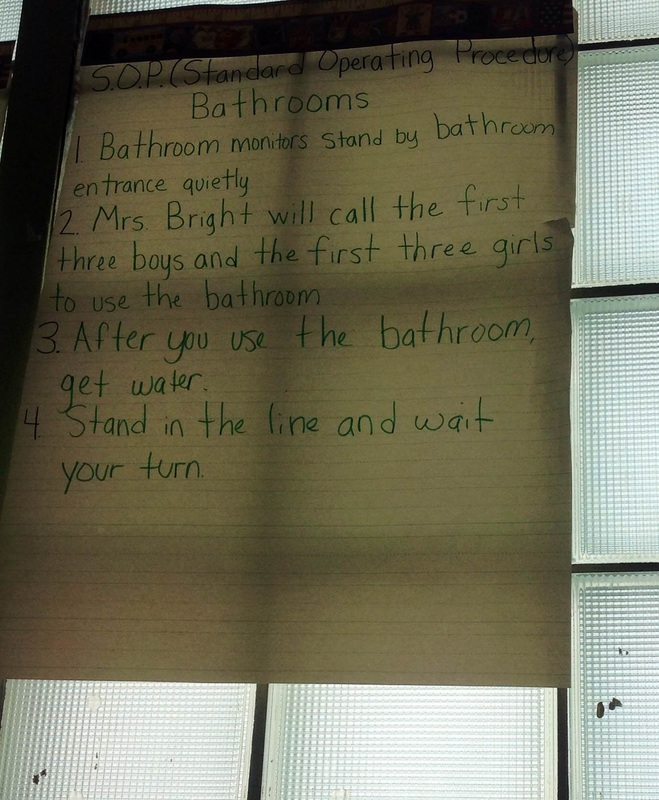
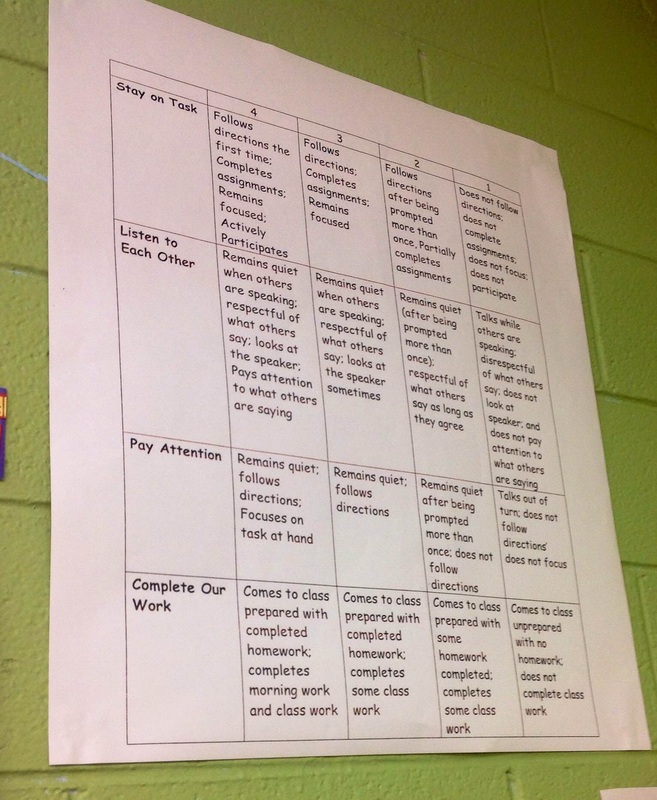
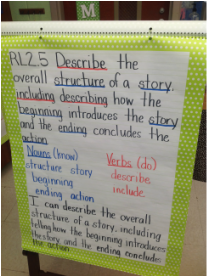
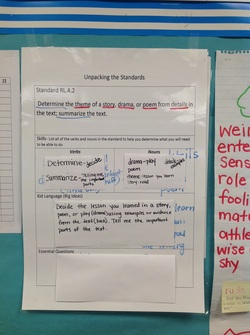
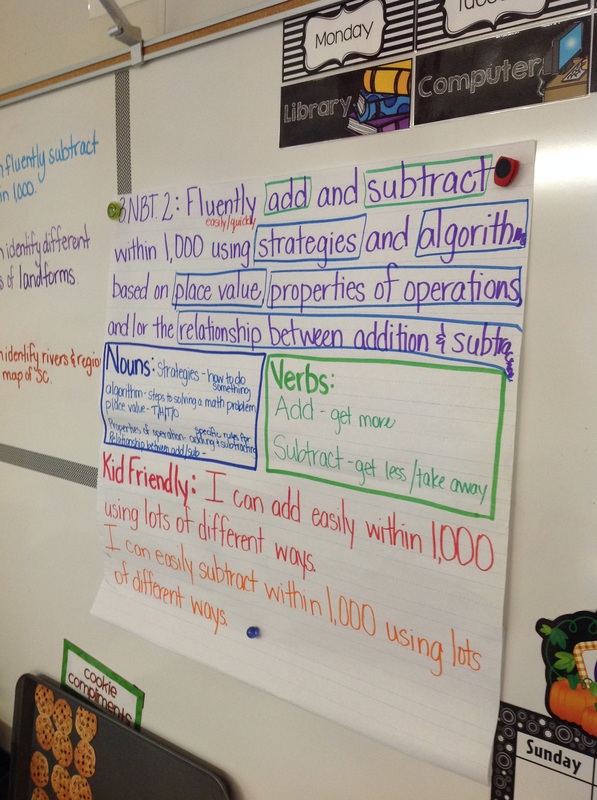
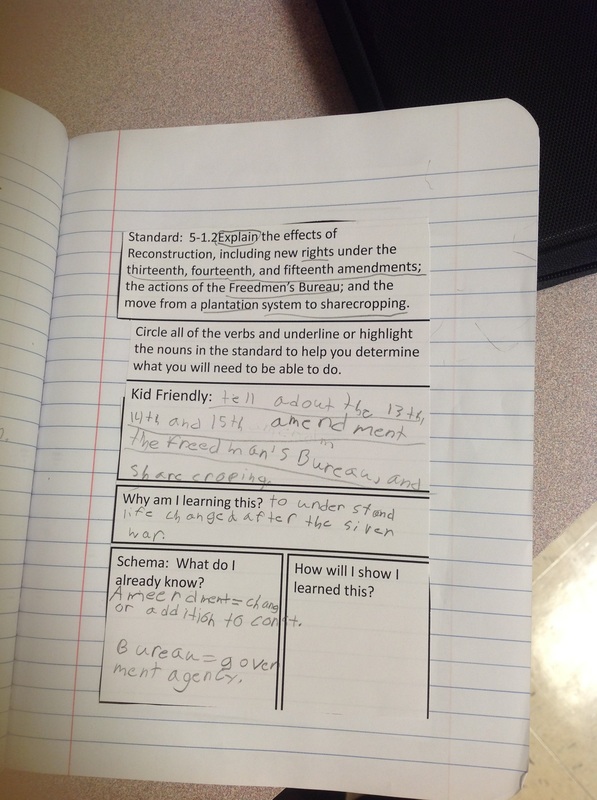
 RSS Feed
RSS Feed
